What are the characteristics of Ecuadorian coffee producing areas? is the Ecuadorian coffee variety Arabica?
It may be strange to hear of Ecuadorian coffee, but in fact, Ecuador is one of the few countries in South America that produces both Arabica and robusta coffee. It is located between Colombia and Peru in South America. Coffee has a long history and has been grown for nearly 200 years since the beginning of the 19th century. Arabica coffee was first introduced to Ecuador in 1952. Currently, Ecuador has 85000 hectares of Arabica and 110000 hectares of Robusta.
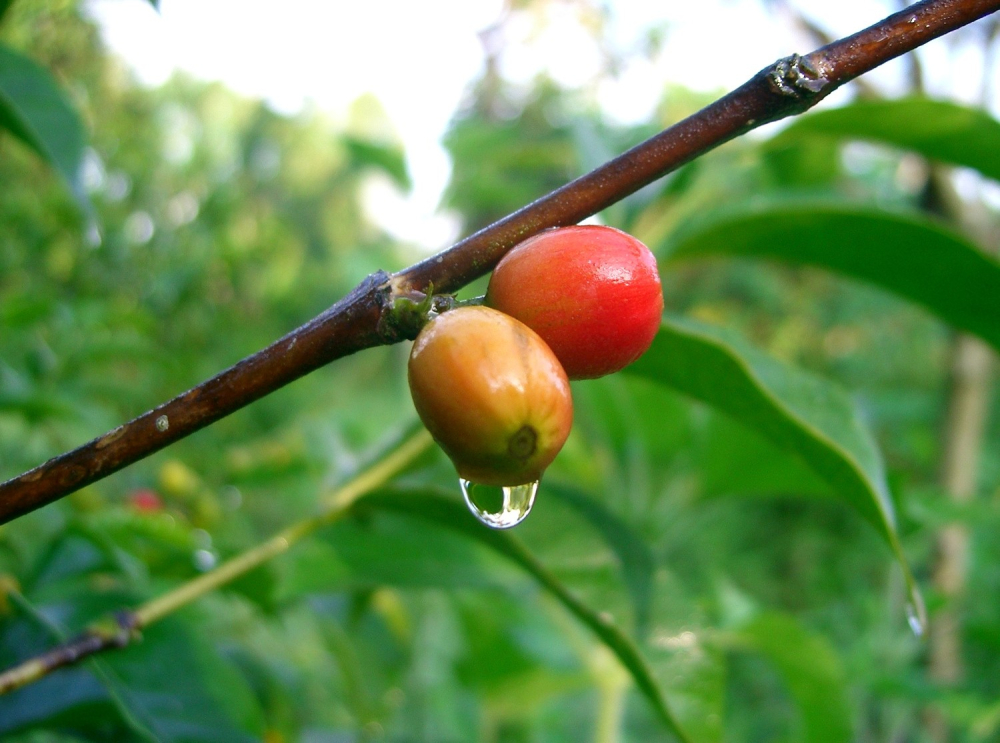
Ecuador has a very special name "Equator country", because the whole country is crossed by the equator, also known as the Equator country. In Ecuador, the Andes range from north to south, with many volcanoes, the most famous of which is the world's highest active volcano (5897m above sea level). In fact, Ecuador means "equator" in Spanish. Due to the use of old-fashioned traditional harvesting and handling methods, Ecuadorian coffee is not listed as a boutique coffee, so it is generally rarely seen.
Ecuador faces the Pacific Ocean, and near the equator, about 900km off its west coast, near the equator at 90 degrees west longitude, there is also a dependency of the Galapagos Islands (Galapagos Island), also known as Cologne, which produces the famous Galapagos coffee. In order to protect the natural ecology, the Ecuadorian government has designated the archipelago as a national park and banned the use of chemical fertilizers, pesticides and other chemicals, so coffee in the Galapagos Islands is recognized as organic coffee.
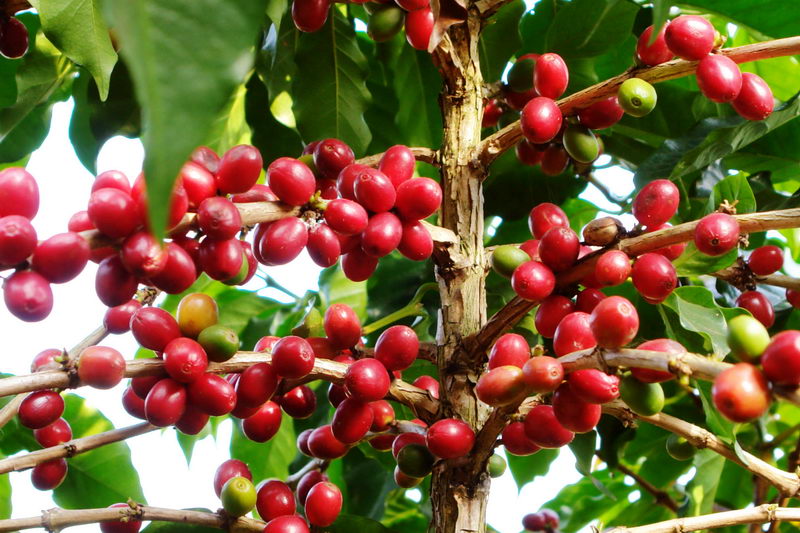
Galapagos Islands coffee flavor is more balanced and neutral, moderately mellow, with a little obvious but pleasant acidity, with a special aroma. However, because it is seldom seen on the market, not many people talk about this coffee.
Alpine coffee from Ecuador is produced at an altitude of about 1000-2000 meters. Coffee from different soils has different tastes. Its taste is very interesting, a little sour and bitter, coupled with aromas and sweetness of fruit, grass and chocolate, Ecuador Alpine Coffee is a very good choice for making ESPRESSO and drip coffee, because you can taste its strong taste Ecuador is in the center of the world, which is why Ecuador is called the Equator country, and Ecuador's top coffee is also famous for its superior geographical location. A two-hour drive east from Quito, the capital of Ecuador, to the tropical jungle and west to the seaside, Ecuador is one of the most species-rich countries in the world. The geographical diversity of Ecuador can be found in any direction.
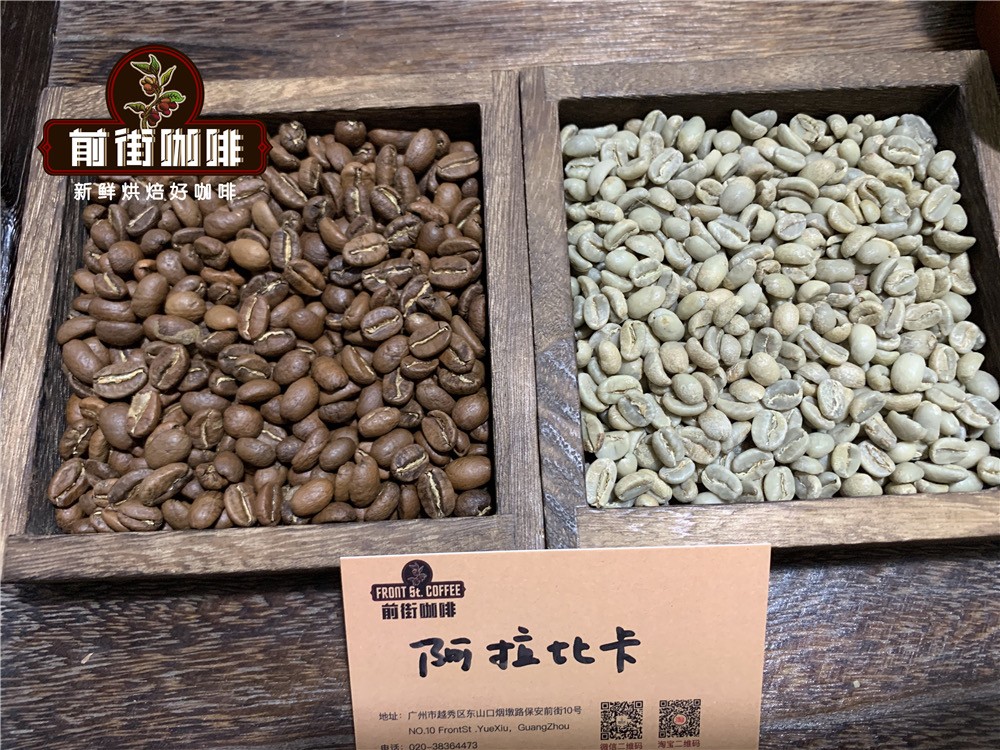
In addition, there is the charming and unique Canapagos archipelago Ecuador is located in South America, bordered by Colombia to the north and Peru to the south. The country covers an area of about 284,000 square kilometers, with a population of about 14 million, starting with the surprisingly soft taste of Galpagos coffee, to the sour and bitter alpine coffee produced in LOJA, Ecuador, to the softer Ghanaian pugs coffee mixed with the strong LOJA coffee, and also introducing the Vilcabamba alpine coffee produced at 1780 meters above sea level, finally showing you the aroma of chocolate and fruit. A bit bitter and sour Loja Blend top coffee
Coffee-growing forests in Ecuador
It is precisely because of its low latitude, high altitude, volcanic ash soil, these boutique coffee growth must have the hard conditions, so Ecuador's boutique coffee, have all the necessary conditions for good coffee. As a place of origin with a shallow history, it is recognized that it has a light aroma and can enjoy nutty aromas and soft acidity. Ecuador is located at the equator and grows coffee in the mountains of the Andes. The eastern side is mainly the cultivation of low-cost robusta species, and the western side is the high-priced Arabica species.
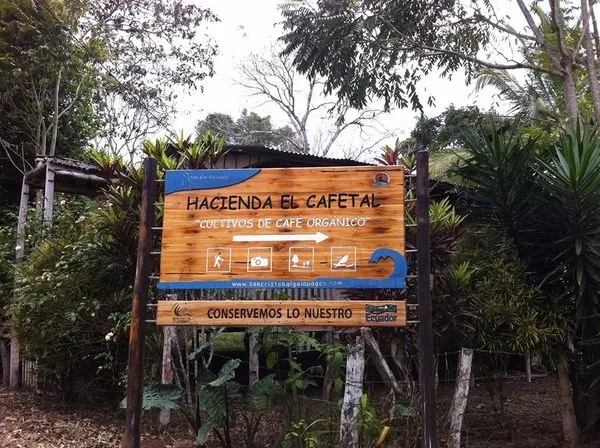
Ecuadorian coffee beans are the same size and have a nutty flavor. The soft acidity and taste are also charming. Relatively speaking, because it does not have a prominent personality, it is mostly used in mixed coffee. Ecuador benefits from its diverse geographical environment, ecosystem and climatic conditions, allowing different varieties of coffee to be grown in different environments. Each Ecuadorian coffee has its own unique characteristics, and the special geographical, soil and climate characteristics can be reflected in the aroma, acidity, purity and taste of the coffee.
There are two varieties of Ecuadorian coffee beans: Galapagos and Gigante, both of which have the characteristics of large granules and heavy weight. But the coffee varieties grown in Ecuador are mainly bourbon. Bourbon, like tin pickup, is an older breed of coffee.
Bourbon
After the early (prehistoric coffee) iron pickup was transplanted to Yemen, the bean shape changed from thin and pointed to round. It was named bourbon in 1715 after France transplanted round beans from Yemeni mocha to the island of Bourbon on the east coast of Africa (renamed Reunion after the French Revolution).

Bourbon beans spread to Brazil and Central and South America in 1727, and the British transplanted Yemeni mochas to St. Helena Island (where Napoleon was later imprisoned) in 1732. Bourbon is the winner of the American boutique coffee cup test.
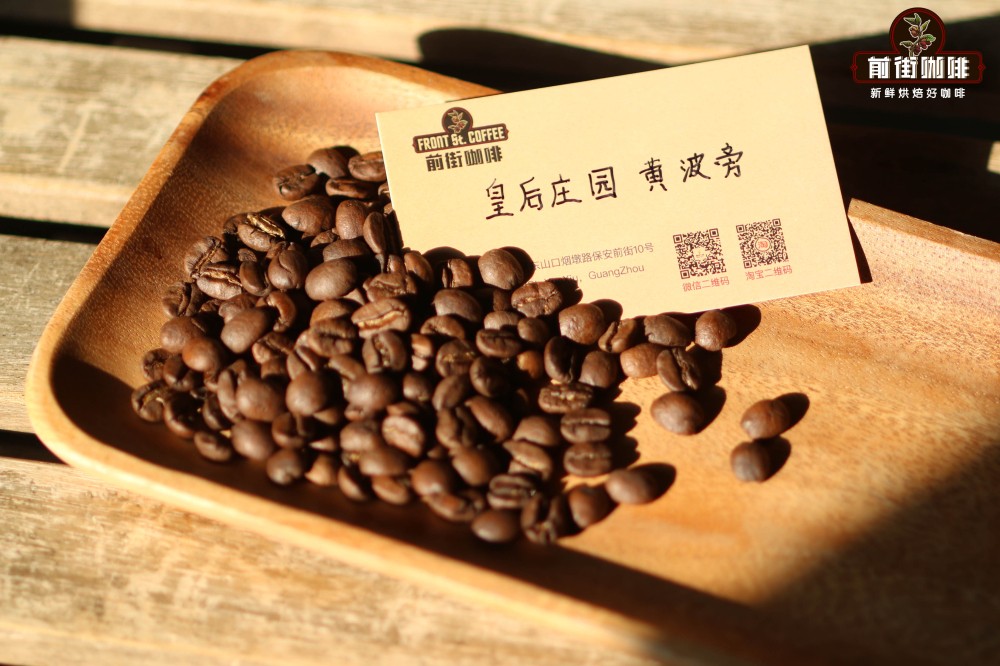
The rations of Qianjie coffee, beans, Brazilian coffee and individual Brazilian queens are bourbon varieties.
[introduction to the producing areas of Ecuador]
Intag Valley
The foothills of the western Andes south of Guayaquil and the hills along the coast of Manabi province are famous for growing Arabica coffee beans with a perfect balance of acidity, sweetness and bitterness.

Pichincha, prov.
Located in the northwest of Ecuador, mainly grows robusta coffee beans.
Luoha area
Loha region is located in the south of Ecuador, close to the Andes Mountains, is one of the highest coffee-growing areas in the world, 1450-2000 meters above sea level, is also an important coffee export city in the country. The variety of coffee beans is Tibika, which is treated by washing and mainly planted in natural shade. The local high altitude, climate change and soil quality are very suitable for coffee growth, and there are many excellent planting conditions for growing coffee.
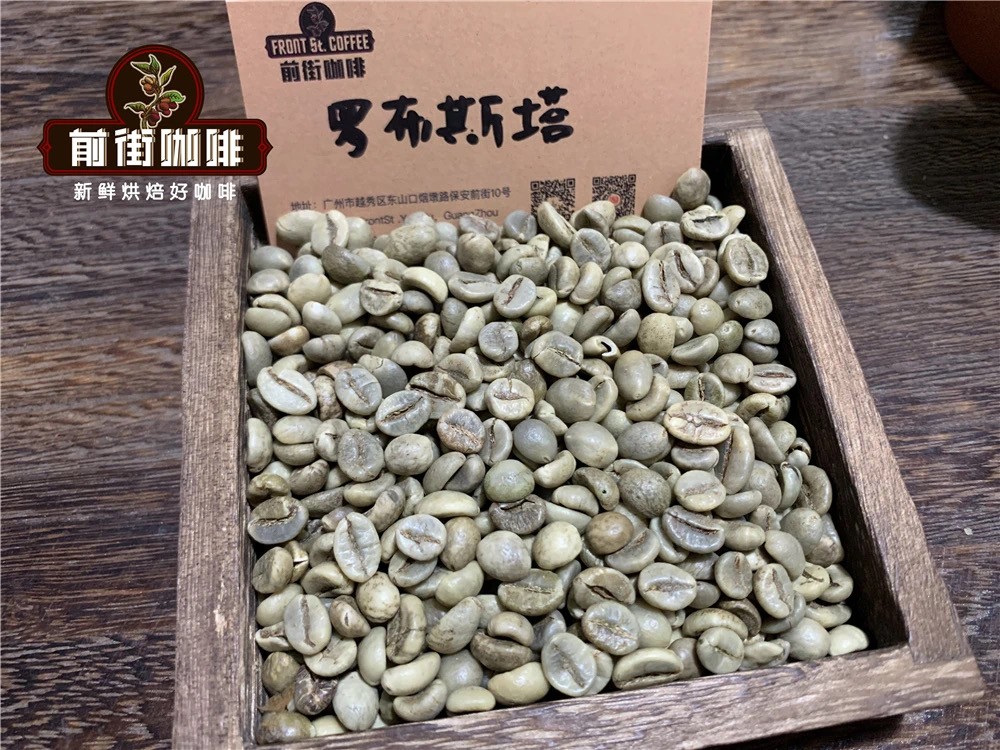
Galapagos Islands
The waters of Ecuador in South America, directly below the equator, are a mysterious and charming group of islands that inhabit the Galapagos islands, and many of the inherent species here are sworn by UNESCO as the "cultural and natural heritage of mankind". Therefore, the law strictly prohibits the import or use of fertilizers, herbicides, pesticides or all other chemicals. Certified by OCIA and Rainforest Bird Conservation, the organic shade planting environment, coupled with the unique climatology of the island, creates a fragrant, full-bodied taste.
Galapagos coffee is like a pearl in boutique coffee. It has flower-like aroma and mellow taste at the same time. Flowers and fruit-like sweetness and finish, its flavor is not inferior to the famous Jamaican Blue Mountains and Hawaiian Kona Coffee.
[coffee bean treatment]
Ecuador's coffee is mainly treated by water washing, which can produce coffee with a cleaner taste.
Selecting → to remove pulp → fermenting → washing → drying → shelling

First, add a lot of water to the coffee cherry, rinse away the immature fruits and impurities floating on the surface, select beans, and then use a peeling machine to remove the peel and pulp. Then put it into the fermentation tank to ferment for 18 hours for 36 hours, make the fermentation bacteria dissolve the pectin on the surface of coffee cherries, wash it with clean water, dry it for 1-3 weeks, then dry it with a machine, and use a sheller to remove endocarp, peel, seed shell and silver film, which is quite cumbersome.
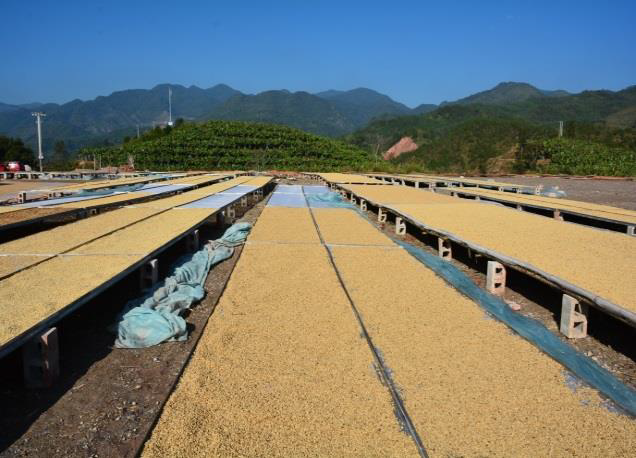
Ecuadorian coffee is juicy and complex, with some jam flavor, outstanding sweetness, medium acidity and yellow fruit flavor. " This is a mixed flavor of drupe fruits, such as peaches, apricots, plums and other low-acid fruits, but they still have good acidity. When growing high above sea level, some good plots will also show a rich fragrance of flowers. Ecuadorian coffee has a good balance, no less than any boutique coffee.
Suggestions for making coffee in front of the street:
No matter what kind of coffee is brewed, the freshness of coffee beans is very important. Qianjie has always believed that the freshness of coffee beans has a great relationship with the flavor of coffee, so the coffee beans shipped in Qianjie coffee are roasted within 5 days. The purpose of Qianjie roasting is "freshly roasted coffee", so that every guest who places an order is the freshest coffee when he receives it. The bean cultivation period of coffee is about 4-7 days, so when the guest gets it, it is the time when the flavor is the best.
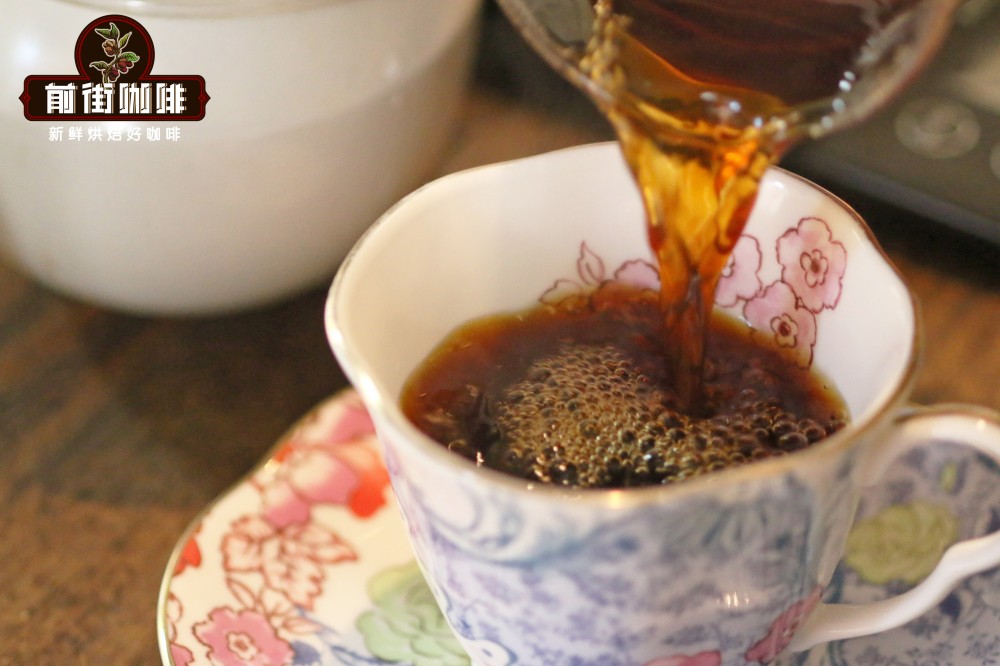
For those who need to be ground, Qianjie warmly reminds you that if the coffee beans are ground in advance, there is no need to raise the beans, because in the process of transportation, the pressure caused by carbon dioxide in the package can also make the coffee flavor round. so you can drink a cup of coffee as soon as you receive the coffee powder. But the coffee powder needs to be brewed in time, because the coffee powder oxidizes more quickly after contact with the air, that is to say, the flavor of the coffee will dissipate more quickly, and the flavor of the coffee is not so good. Therefore, Qianjie suggests buying whole beans, grinding and flushing now, so that we can better taste the flavor of coffee.
Professional coffee knowledge exchange more coffee bean information please follow the coffee workshop (Wechat official account cafe_style)
For more boutique coffee beans, please add private Qianjie coffee on Wechat. WeChat account: qjcoffeex
Important Notice :
前街咖啡 FrontStreet Coffee has moved to new addredd:
FrontStreet Coffee Address: 315,Donghua East Road,GuangZhou
Tel:020 38364473
- Prev
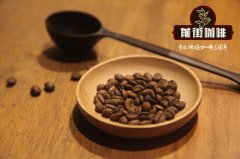
Ecuadorian coffee brand recommends Ecuadorian coffee with balanced and mild taste.
Professional coffee knowledge exchange more coffee bean information please follow the coffee workshop (Wechat official account cafe_style) front street-Ecuadorian coffee introduction Ecuador's dense vegetation, rich species, coffee industry is growing year by year, especially the rapid growth of fine coffee. Bill Kabamba, which means the Holy Valley in the traditional Inca Quechua language. In this valley
- Next
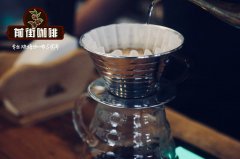
The reason for the good quality of Salvadoran coffee the characteristics of Salvadoran coffee beans are mellow and smooth
Professional coffee knowledge exchange more coffee bean information please follow the coffee workshop (Wechat official account cafe_style) front street-Salvadoran coffee introduction, whether it is a lazy morning or a leisurely afternoon, it is best to have a cup of hot coffee. Good coffee can always make people feel more comfortable, surrounded by fruity and mellow aromas of coffee can also be very comfortable. And a drink.
Related
- Beginners will see the "Coffee pull flower" guide!
- What is the difference between ice blog purified milk and ordinary milk coffee?
- Why is the Philippines the largest producer of crops in Liberia?
- For coffee extraction, should the fine powder be retained?
- How does extracted espresso fill pressed powder? How much strength does it take to press the powder?
- How to make jasmine cold extract coffee? Is the jasmine + latte good?
- Will this little toy really make the coffee taste better? How does Lily Drip affect coffee extraction?
- Will the action of slapping the filter cup also affect coffee extraction?
- What's the difference between powder-to-water ratio and powder-to-liquid ratio?
- What is the Ethiopian local species? What does it have to do with Heirloom native species?

